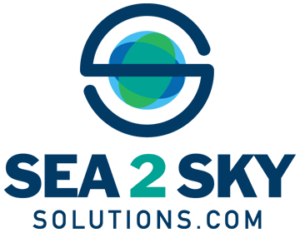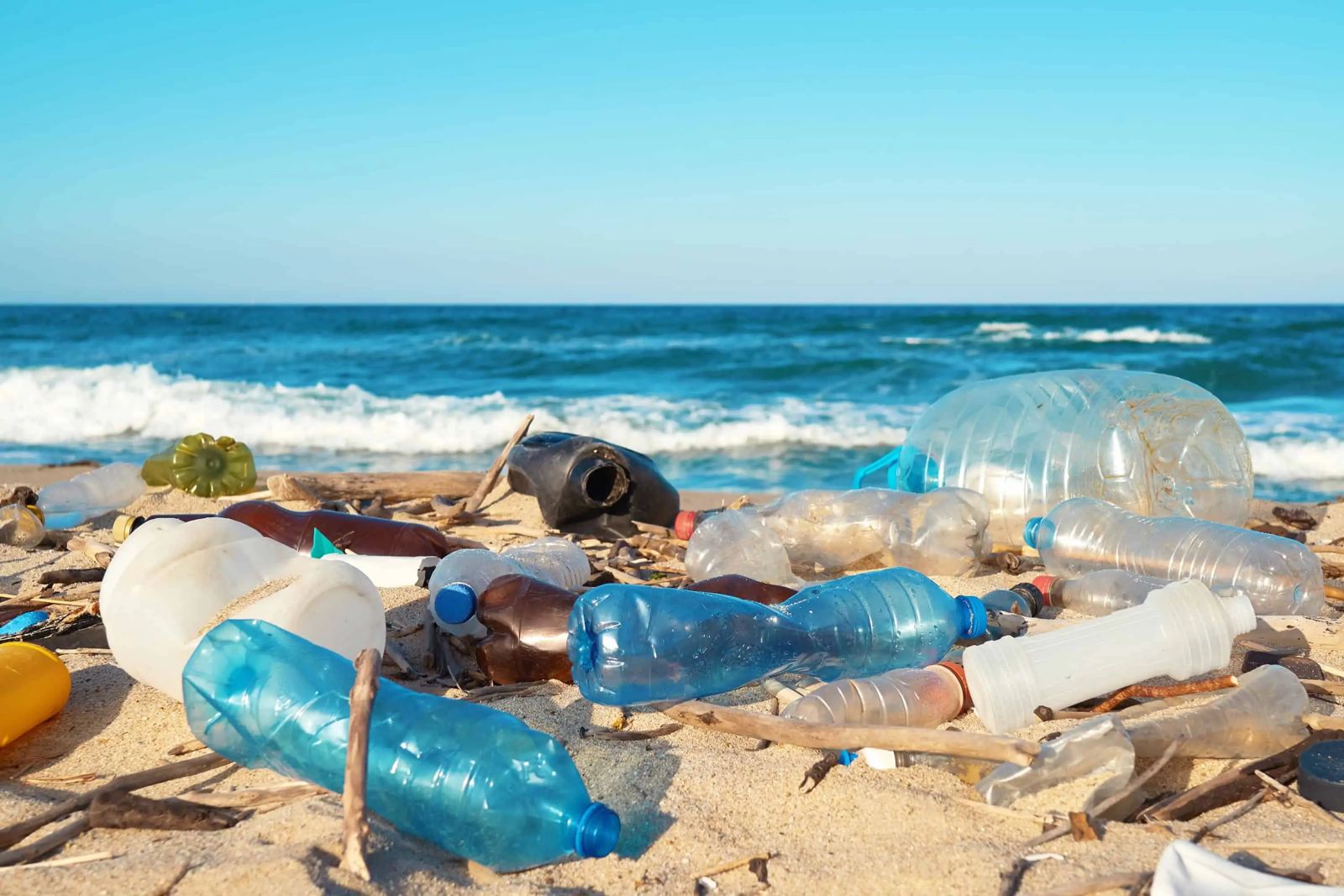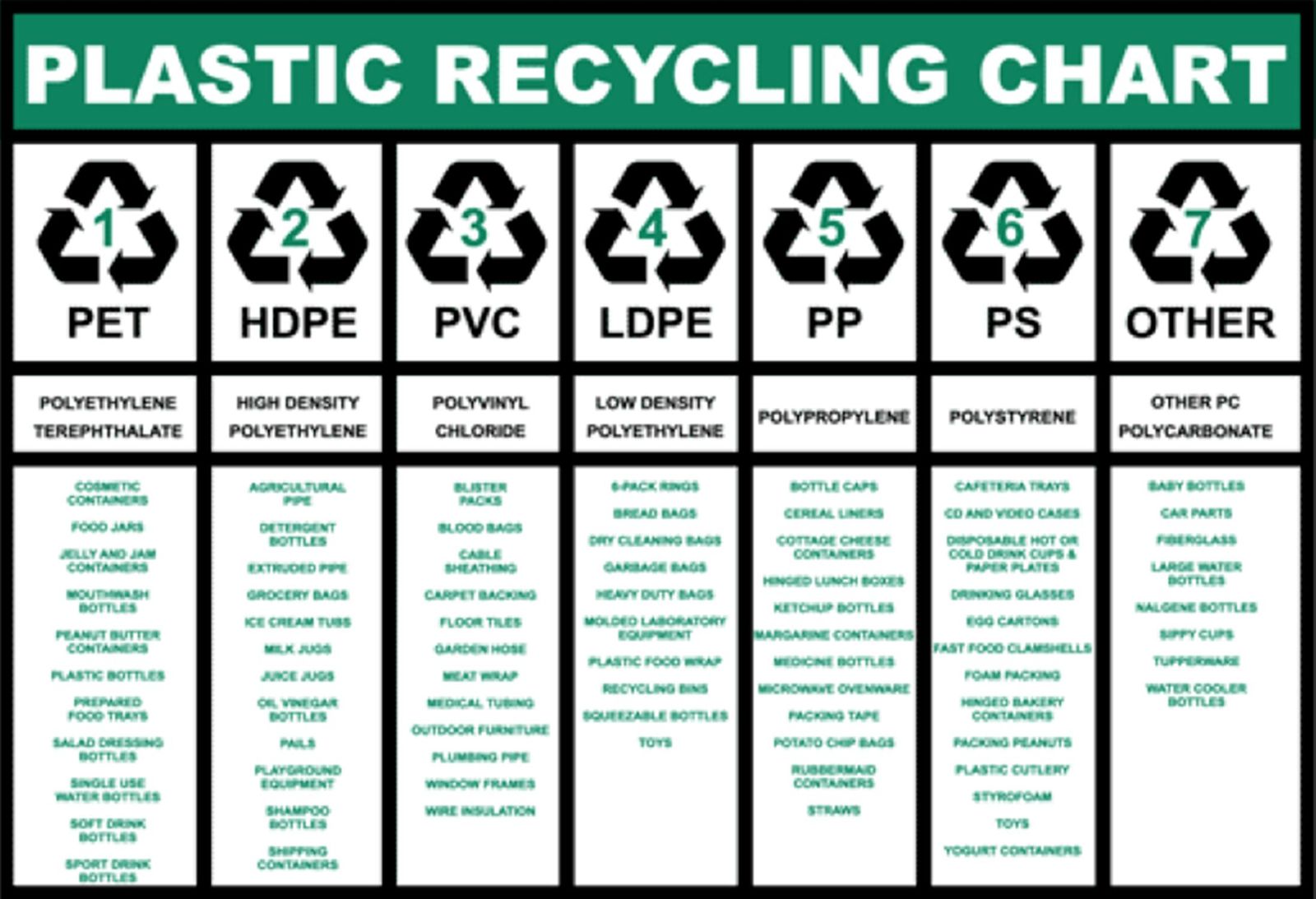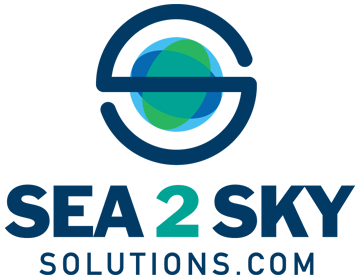
This proposal outlines the development of a regional recycling facility to serve eight to ten communities, each with a population ranging from 3,500 to 5,000 residents. The facility aims to reduce waste, promote environmental sustainability, create jobs, and generate economic benefits through the recycling and re purposing of materials.

Project Objectives
- Establish a centralized recycling facility to process waste materials efficiently from eight participating communities.
- Reduce landfill waste by diverting recyclables into sustainable reuse streams.
- Create employment opportunities through facility operations and recycling initiatives.
- Educate communities on recycling best practices to maximize participation.
- Generate revenue through the sale of processed recyclables to manufacturers and markets.
Facility Overview
Location & Infrastructure
- Proposed location: Centrally located within a reasonable distance of all eight communities.
- Facility size: Approximately 25,000 – 35,000 square feet to accommodate sorting, processing, and storage.
- Key infrastructure:
- Collection and sorting stations
- Material balers and compactors
- Storage bays for sorted materials
- Office space and an education center
Recyclable Materials Handled
- Plastics: PET, HDPE, LDPE, and mixed plastics
- Paper and Cardboard: Newspapers, office paper, corrugated cardboard
- Glass: Clear, green, and brown glass
- Metals: Aluminum cans, steel/tin cans
- E-waste: Small electronics and batteries (subject to specialized handling)
- Organic waste: Potential composting operation for food and yard waste
Operational Plan

Collection & Transportation
- Community drop-off stations in each of the eight communities.
- Curbside collection services for participating households and businesses.
- Partnerships with waste haulers for scheduled pickups and transportation to the facility.
Sorting & Processing
- Manual and automated sorting to improve efficiency.
- Shredding, compacting, and baling for optimized transport and resale.
- Partnerships with manufacturers to process and repurpose recycled materials into new products.
Community Engagement & Education
- Launch of a public awareness campaign promoting recycling participation.
- School and community workshops to educate on sustainable waste management.
- Incentive programs, such as rebates or rewards for high recycling rates.
Financial Plan
Estimated Budget
| Expense Category | Estimated Cost (USD) |
| Land Acquisition | $500,000 – $1,000,000 |
| Facility Construction | $2,500,000 – $4,000,000 |
| Equipment & Machinery | $1,500,000 – $2,500,000 |
| Staffing & Operations (Year 1) | $750,000 – $1,200,000 |
| Transportation Fleet | $500,000 – $750,000 |
| Community Outreach & Training | $250,000 – $500,000 |
| Miscellaneous & Contingency | $500,000 |
| Total Estimated Cost | $6M – $10.5M |
Funding Sources
- Government Grants & Subsidies (State and Federal environmental programs)
- Public-Private Partnerships with waste management firms and businesses
- Rotary Global Grants
- Revenue from recycled material sales
- Community and corporate sponsorships
- Local and municipal funding
Projected Impact
- Reduction of landfill waste by at least 50% in participating communities.
- Employment creation of 50-100 direct jobs and additional indirect jobs.
- Annual revenue potential of $2M – $5M from recycled materials and services.
- Environmental benefits, including lower carbon emissions and reduced pollution.
Next Steps
- Feasibility Study: Conduct environmental and economic assessments.
- Site Selection: Identify and secure the best location.
- Stakeholder Engagement: Collaborate with local governments, businesses, and community groups.
- Funding Acquisition: Apply for grants and secure partnerships.
- Construction & Implementation: Build and equip the facility within a 12-18 month timeline.
Conclusion
A regional recycling facility is a long-term, sustainable solution that benefits both the environment and local economies. By investing in recycling infrastructure, the eight communities involved will reduce waste, create jobs, and generate revenue while promoting a circular economy.
We look forward to discussing this opportunity further and exploring the next steps towards implementation.
